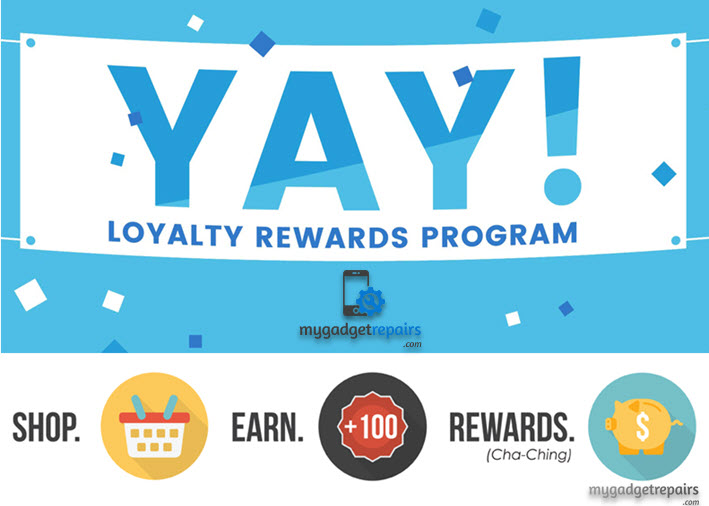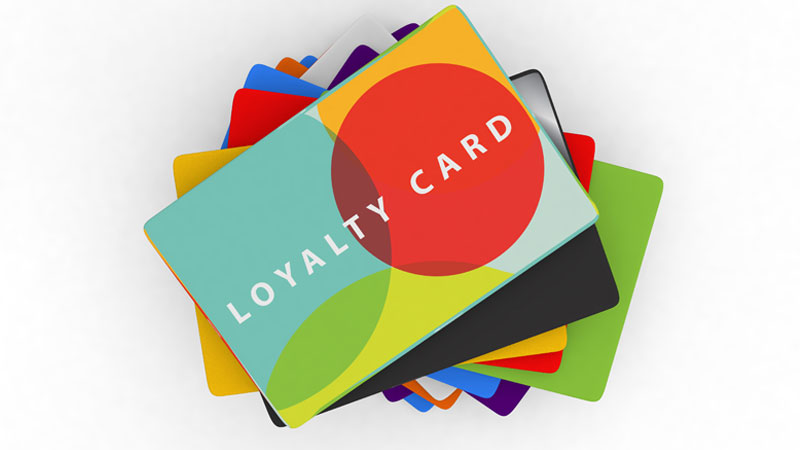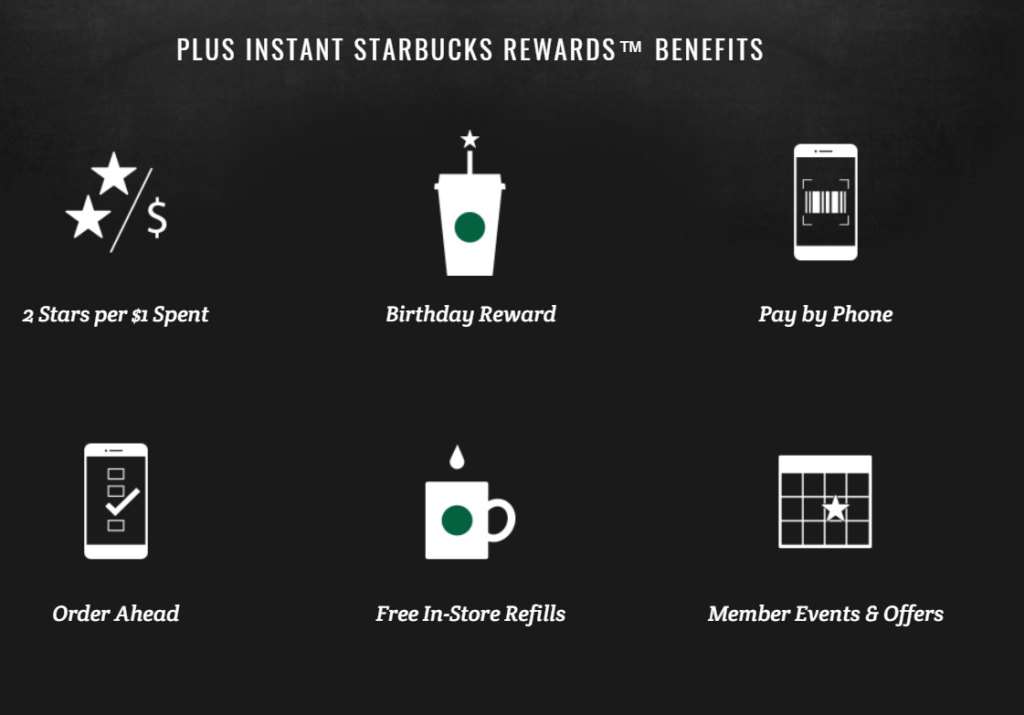All Categories
Featured
Table of Contents
In 48042, Madeleine Velasquez and Malik Stewart Learned About Subscriber List

What if you could grow your business without increasing your costs? In truth, what if you could actually minimize your costs but increase your sales, year after year? Would you do it? If you're an entrepreneur, then you'll likely provide a resounding 'yes', a simple response to an even easier question.
A benefits program tracks and benefits certain costs behavior by the customer, providing special benefits to loyal consumers who continue to go shopping with a specific brand. The more that the client invests in the store, the more benefits they receive. In time, this reward constructs devoted consumers out of an existing consumer base.

Even if you already have a reward program in place, it's a great idea to dig in and fully comprehend what makes client commitment programs work, along with how to implement one that costs you little money and time. Do not worry, I'll assist you with that. I'll break down the primary advantages of a commitment program and the best ways to create devoted consumers.
Let's dig in. Consumer commitment is when a client go back to work with your brand name over your rivals and is largely affected by the positive experiences that the client has with your brand. The more favorable the experience, the most likely they will go back to go shopping with you. Consumer commitment is exceptionally crucial to organizations due to the fact that it will help you grow your organization and sales faster than a basic marketing strategy that focuses on recruiting new customers alone.
A few methods to determine consumer commitment consist of:. NPS tools either send out a brand performance study by means of email or ask clients for feedback while they are checking out an organization's website. This info can then be used to much better understand the probability of client loyalty. A repurchase ratio measures the ratio of repeat purchasers versus one-time buyers.
Customer loyalty index (CLI). The CLI tracks client loyalty in time and is comparable to an NPS study. Nevertheless, it takes into account a couple of extra factors on top of NPS like upselling and buying. These metrics are then used to evaluate brand name loyalty. A client commitment program is a marketing technique that rewards clients who make purchases and engage with the brand name on a continued basis.
Client rewards programs are developed to incentivize future purchases. This motivates them to continue working with your brand. Client loyalty programs can be established in various ways. A popular customer commitment program rewards clients through a points system, which can then be invested in future purchases. Another kind of customer commitment program may reward them with member-exclusive advantages or complimentary gifts, or it may even reward them by contributing cash to a charity that you and your clients are equally enthusiastic about.
In Ambler, PA, Elliana Porter and Isabel Cameron Learned About Marketing Tips
By offering benefits to your consumers for being loyal and helpful, you'll develop a connection with them, deepening their relationship with your brand and hopefully making it less likely for them to switch to a competitor. You have actually most likely seen consumer loyalty programs in your own shopping experience, whether at your favorite coffee shops or your most frequented supermarket.
But simply due to the fact that everybody is doing it does not suggest that's a sufficient factor for you to do it too. The much better you understand the advantages of a customer rewards program, the more clarity you will have as you produce one for your own shop. You won't be sidetracked by amazing benefits and complicated commitment points systems.
Remember: work smarter, not harder. Customer retention is the main benefit of a rewards program that works as a structure to all of the other benefits. As you offer incentives for your existing customer base to continue to buy from your store, you will provide your shop with a stable circulation of money month after month.
By growing your retention rate, you can stop investing as much time or money on increasing your general variety of clients. Why is this essential? Devoted consumers have a greater conversion rate than brand-new clients, meaning they are more likely to make a deal when they visit your store than a new client.
By increasing your retention rate by just 5 percent, you can increase your revenues by 25 percent and as much as by 95 percent. Needless to say, your retention rate matters. Secret Takeaway: If you desire to substantially increase your profits, supply rewards for your existing customers to continue to patronize your store.
And you won't need to invest money on marketing to get them there. Customer acquisition (aka bringing in brand-new customers) takes a great deal of effort and cash to convince total strangers to trust your brand name, come to your store, and try your products. In the end, any money made by this new client is overshadowed by all of the cash spent on getting them there.
Key Takeaway: If you wish to decrease costs, concentrate on consumer retention rather of client acquisition. When you focus on offering a favorable personalized experience for your existing consumers, they will naturally tell their family and friends about your brand. And with each subsequent deal, devoted consumers will inform even more people per transaction.
In 55337, Elizabeth Oliver and Uriel Webster Learned About Current Provider
The very best part? Since these brand-new customers originated from relied on sources, they are more most likely to turn into faithful customers themselves, spending more typically than new customers generated by other marketing efforts. The Chase Ultimate Benefits program, for instance, provides major perks for people who take a trip a lot.
The 'supreme rewards' that Chase cardholders receive consist of 2x points per dollar invested in all travel purchases as well as primary rental car insurance, no foreign deal charges, journey cancellation insurance, and purchase security. For individuals who take a trip a lotand have disposable income to do sothere is a massive incentive to spend money through the supreme rewards program.
This entire procedure makes redeeming rewards something worth extoling, which is exactly what many cardholders wind up doing. And to assist them do it, Chase provides a reward for that too. Key Takeaway: Make it simple for your consumers to extol you and they will get the word out about your buy totally free.
When you get the essentials down, then using a commitment rewards app can assist take care of the technical information. Here are the steps to get going with creating your customer commitment program. No consumer wishes to buy items they don't desire or need. The same chooses your loyalty program.
And the only method to tailor an alluring customer loyalty program is by thoroughly understanding your consumer base. The finest method to do this? By carrying out these methods: Construct client contact details wherever possible. Guarantee your business is constantly building an in-depth contact list that permits you to gain access to existing customers as often and as easily as possible.

Track customer behavior. Know what your clients want and when they desire it. In doing so, you can expect their desires and requires and supply them with a loyalty program that will please them. Categorize client personal traits and choices. Take a multi-faceted technique, don't restrict your loyalty program to simply one opportunity of success.
Encourage social networks engagement. Frame strategies to engage with your customers and target audience on social networks. They will quickly offer you with extremely insightful feedback on your services and products, allowing you to better comprehend what they anticipate from your brand name. When you have worked out who your customers are and why they are doing organization with your brand name, it's time to decide which kind of loyalty rewards program will motivate them to stay faithful to you.
In 46140, Keenan Benson and Tanner Zhang Learned About Subscriber List
Nevertheless, the most typical customer commitment programs centralize around these main concepts: The points program. This type of program concentrates on satisfying clients for each purchase they make with points in a point system. These points can then either be utilized on future purchases or put towards some type of benefit.
The paid program. This type of program needs clients to pay a one-time or yearly fee to join your VIP list. Commitment members who belong to this list are able to gain access to unique rewards or member-exclusive advantages. The charity program. This kind of program is a bit different than the others.
This is accomplished by encouraging them to do service with the brand name and, in return, their loyalty will be rewarded with a contribution to a charity. The tier program. This type of program concentrates on increasing levels of brand loyalty. The more loyal a customer is to a brand name, the higher tier they will reach and the better the rewards they will receive.
This type of program is simply as it sounds, where one brand partners with another brand name to supply their collective audiences with exclusive member discounts or deals that they can redeem while doing service with either brand name. The community program. This kind of program incentivizes brand name loyalty by offering its members with access to a like-minded neighborhood of people.
This type of program is relatively comparable to paid programs, however, the subscription fee happens regularly rather than a one-time payment. Next, pick which customer interactions you 'd like to reward. Base these benefits around which interactions benefit your service one of the most. For example, to help your company out, you can provide action-based rewards like these: Reward clients more when working with your brand during a sluggish duration of the year or on an infamously slow day of organization.
Reward clients for engaging with your brand on social media. Incentivize specific products you are trying to move quickly. Incentivize purchases that are over a particular dollar quantity. The idea is to make your consumer loyalty program as simple as possible for your consumers to use. If your consumer loyalty program isn't staff friendly, isn't simple to track, is too expensive to run, or isn't easy for your clients to use or understand, then personnel and consumers alike most likely won't take advantage of it.
To eliminate these barriers to entry, think about incorporating a client commitment software that will assist you keep on top of all of these elements of your program. Some quality client program software application include:. CandyBar is a digital punch card program. It works by tracking your client's purchases through an app on a computer system, phone, or tablet.
In 22101, Mckinley Cochran and Eddie Morse Learned About Vast Majority
Loyalty members can then inspect their rewards by means of text and entrepreneur can use the program to contact their customers. Yotpo. Yotpo is a cloud-based client commitment platform exclusively for eCommerce businesses. This software is particularly great at collecting every kind of user-generated material, handy for customizing a much better consumer experience.
Loopy Loyalty is a convenient customer commitment software application for services that primarily utilize Google Wallet or Apple Pay as their payment platforms. The software application develops a digital commitment card that sends out push alerts to their consumers' phones when they remain in close distance to their traditional shop. As soon as you've made the effort to choose which customer commitment techniques you are going to carry out, it's time to start promoting and signing up your very first commitment members.
Usage in-store ads, incorporate call-to-actions on your website, send promos via email newsletters, or upload advertising posts on social media to get your clients to join. It is essential to comprehend the primary benefits of a client rewards program so that you can create a tailored experience for both you and your client.
Think of it. You know what type of items your clients like to buy however do you understand what brings them back, day after day, week after week? What makes them choose your store over the store across the street? What makes them your client and not the client of your most significant competitor? Surprisingly, the responses to these questions do not come down to discount rate prices or quality products.
Table of Contents
Latest Posts
In Mason City, IA, August Stout and Kaylen Hunt Learned About Potential Clients
In Ladson, SC, Ashlynn Randall and Paige Dickson Learned About Emotional Response
In Johnson City, TN, Gaven Choi and Logan Oneal Learned About Customer Loyalty Program
More
Latest Posts
In Mason City, IA, August Stout and Kaylen Hunt Learned About Potential Clients
In Ladson, SC, Ashlynn Randall and Paige Dickson Learned About Emotional Response
In Johnson City, TN, Gaven Choi and Logan Oneal Learned About Customer Loyalty Program